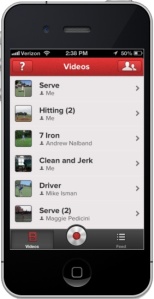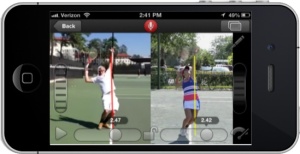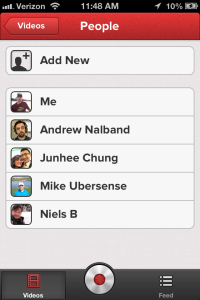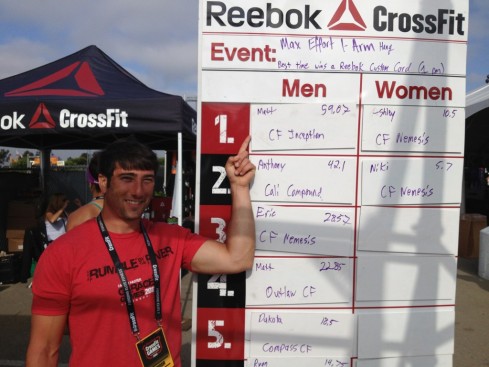In order coach a successful team; you first have to become a successful coach. Even if you’ve been playing competitively since the day you could walk, the truth is the learning curve can be quite difficult. We’ve asked several veteran coaches in the Ubersense community to offer any advice they might have for new coaches. Below are the top 5 responses we gathered:
1. Be Patient
When coaching, it is important to keep in mind that your athletes are not perfect. If they were, what would they need you for? Your job is to try to help them improve their playing to make them the most successful athletes they can be. This may include teaching fundamentals; going over basic drills so as to ease your players into the game. It may get frustrating at times, but remember that losing your cool will not be helpful for anyone.
2. Talk Less
When starting out as a coach, it’s common to want to prove to your athletes that you are the right man for the job by telling them what to do at all times. It could be a critique of their form, or maybe just words of encouragement. While your heart is in the right place, and it’s understandable that you want to show that you are the right person for the job, make sure to remember that you are not just there to speak at someone. In order to fully succeed as a coach, you need to know your players’ skills, their strengths and weaknesses, so that you can better coach them based on their ability. This is why observation is key. Try to take in as much as you can; bringing a pad of paper to practices and writing down notes is a great place to start. This way, what you say to your players will help them improve, which will in turn prove your ability as a coach.
3. Don’t Assume You Know Everything
This one is pretty self-explanatory, but essential nonetheless. When it comes to coaching, especially new coaches, you aren’t going to be an expert right off the bat. Even if you have played sports your whole life, there are certain things you just can’t, and won’t, know. Coaching is a partnership, and if you cannot learn from observing your players about what works and doesn’t work for an athlete, than you won’t even make it coaching T-ball to toddlers every other Sunday.
Now don’t get me wrong, you don’t always have to give in every time your players complain; working hard shouldn’t be comfortable. However, if it is clear that some methods just aren’t working, it is okay to admit that you need to try a different approach. Try finding a mentor who can share their experience, or reading books and articles to help improve your approaches. Talking to your players is also very beneficial; Coaching is, after all, a two-way street.
4. Be a Good Role Model
“Attitude reflects leadership.” Whether or not you’ve seen the movie Remember The Titans, it would be good to remember that sentence. As a coach, you are in a very powerful position. Your athletes not only look to you as a mentor in their sport, but in their life as well. If you come into practice unprepared, your players will reciprocate. If you get angry with them and yell or swear, expect to hear profanity from them on game day. It is your responsibility to set a level for commitment and acceptable behavior, on and off the field, for your athletes. Even the little things are important, like dressing professionally or coming in to practice early. If you want your players to give you everything, show them how though your actions.
5. Remember Why You Started
Learning new techniques and studying new methods is all good and well, but it is just as important that you have fun coaching as well. Sure, “have fun” may be cliché, but for good reason. Whether you started coaching because you used to play yourself, are passionate about teaching, or are just in love with the game, you got into it for a reason. It is so easy, among the chaos of organizing practices, analyzing players, and adjusting workouts for you athletes’ specific needs, to lose sight of why you became a coach in the first place. Prepare yourself, because there will be days that are harder than others, and it will be especially important on those days to remember what you want to achieve from this experience. Reflect on it before each day, write it down and read it if you have to. In the end, the difference between a good coach and a great one is passion; that desire to truly improve and inspire those you’ve taken responsibility for.
Do you have any other tips for first time coaches? Any mistakes you made when you first started? Leave your comment below.















